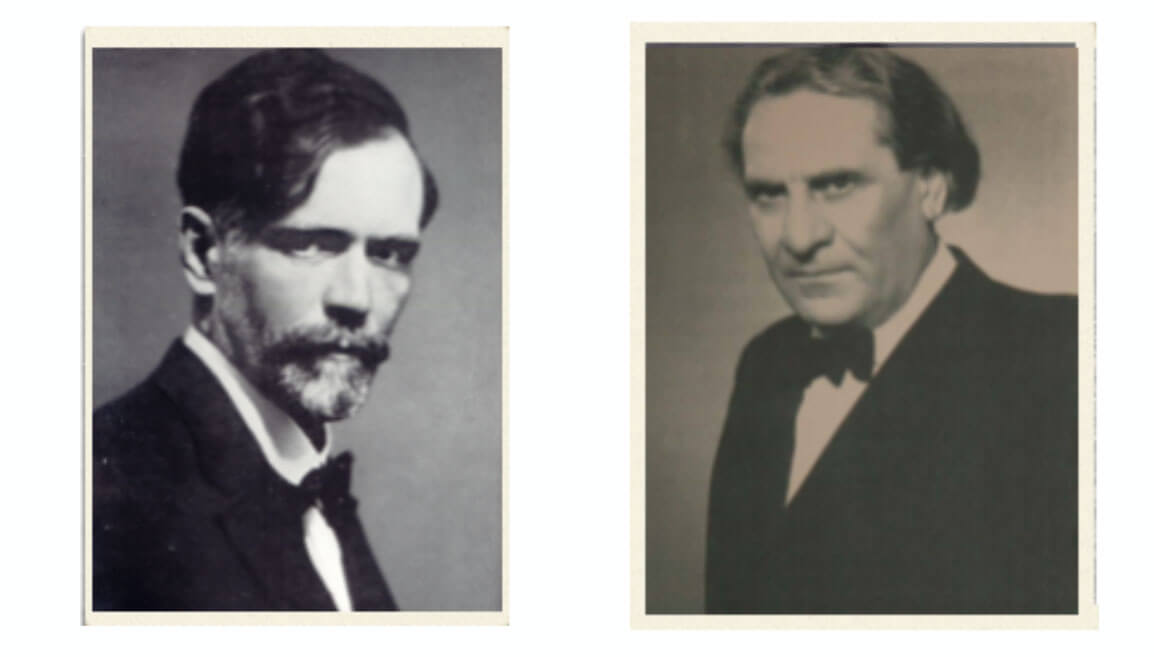Development of polyphonic skills and part-singing based on the
Kodály - Ádám
Énekes könyv (Singing Books) series
Book 4 (age 9-10)
Summary of musical concepts learnt through the folksong repertory Kodály-Ádám Singing Books, Book 4.
Rhythmic elements, metre:
- 4/4 metre
- quaver rest
Melodic elements and scales:
- from “d” pentatony to the major scale
- from “l” pentatony to the aeolian scale
- modes: dorian (re-scale)
Two-part “knocking” and other rhythm exercises
Rhythm exercises in 2/4 metre
Example 42

Example 43

At this level “knocking exercises” are constructed from more independently moving parts.
Example 44

Sing the lower part on “doh”, the upper part on “soh.”
Replace the solfa name with rhythm syllables or neutral singing syllables (la- la).
Example 45

Example 46

Rhythm exercises for practising 4/4 metre
Example 47

Sing the lower part on “doh”, the upper part on “soh.”
Replace the solfa name with rhythm syllables or neutral singing syllables (la- la).
Example 48

Example 49

Example 50

Example 51

Example 52

Example 53

Simple rhythm activity incorporating singing
Example 54

Rhythm canon
Example 55

“Initiative and canon-like measures should be included among the exercises, establishing the bases, and the foundation of two-part singing. Begin with the simplest exercises and work toward more difficult ones.” (Jenő Ádám: Growing in Music with Movable Do, p. 182.)
“The tempo should always be slow at first. In future exercises, we may increase the tempo, but do only as many exercises as will interest and stimulate the child. The diversity of our percussion instruments almost insures interest. The parts should, of course, be interchanged regularly.” (Jenő Ádám: Growing in Music with Movable Do, p. 182.)
Example 56-57
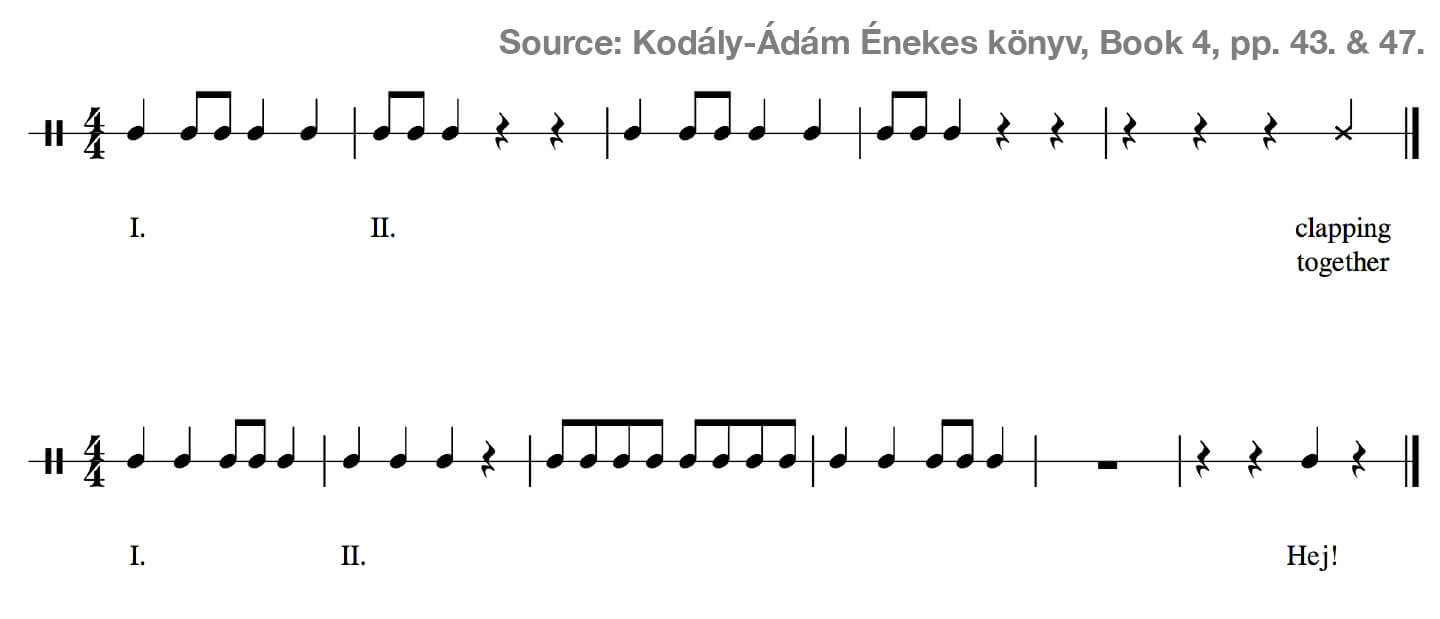
Change parts!
Rhythm exercises for practising quaver rest in 2/4 metre
Example 58

Example 59

Example 60

Example 61

Example 62

Example 63

Example 64

Rhythm exercises for practising quaver rest in 4/4 metre
Example 65

Example 66

Three-part rhythmic exercises
Example 67
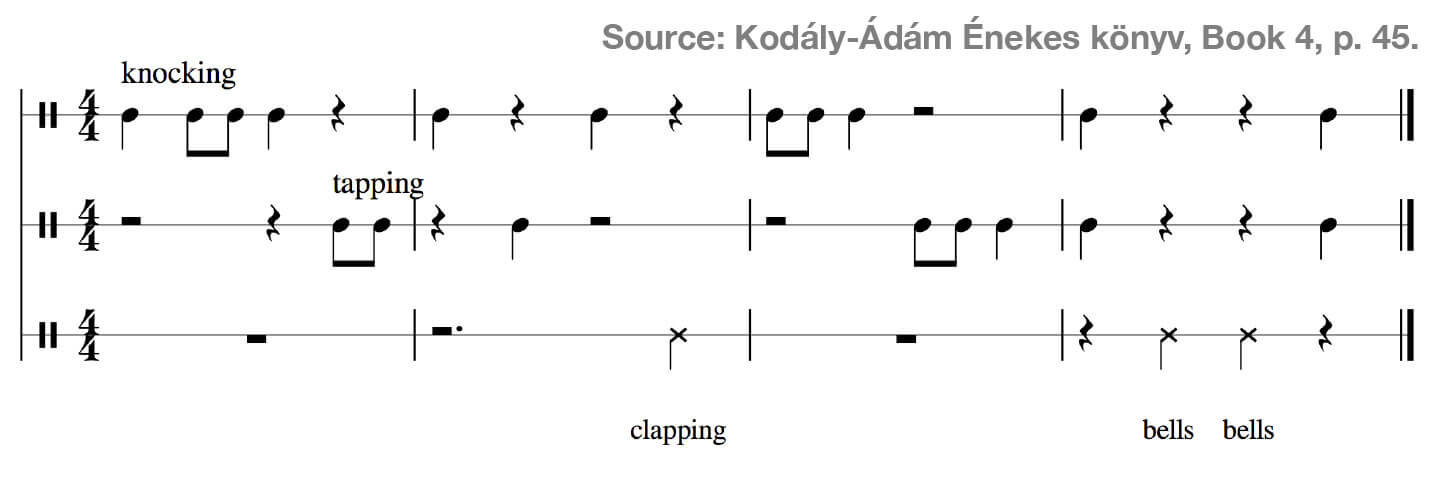
Example 68

Simple two-part intonation exercises
Example 69-71
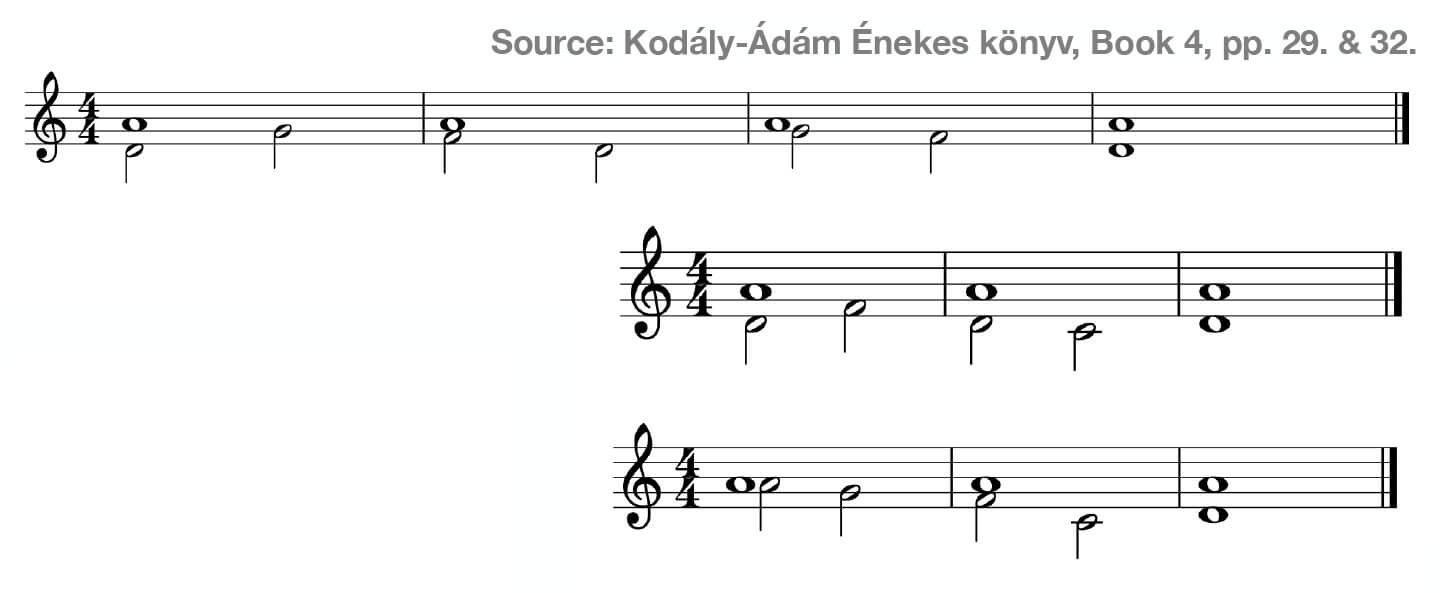
This form of two-part singing is one of the most rudimentary forms of polyphonic development: one group sustains a note while the other group sings a slowly moving melodic line.
Example 72-74
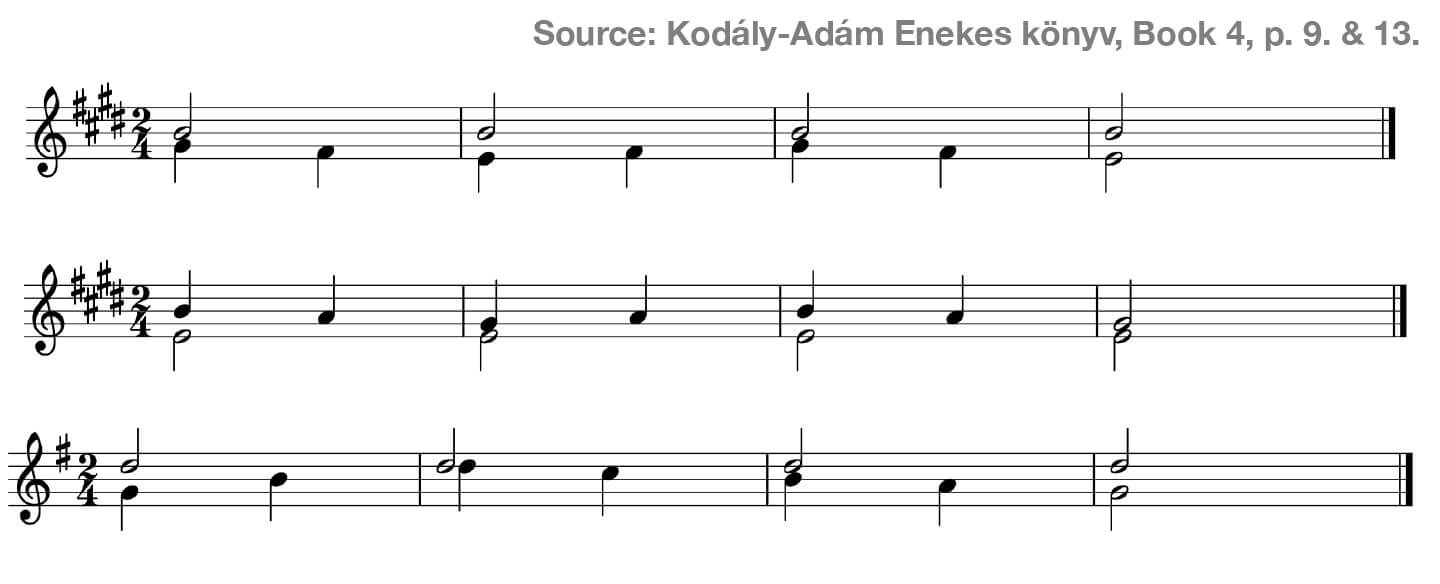
Example 75

Example 76

Example 77

Simple melodic line accompanied by a melodic ostinato.
Kodály, Zoltán: Bicinia Hungarica No. 3.
Example 78

Example 79

Example 80

In this exercise both parts move.
“In the interest of saving time learn to use double hand signals. However, do not neglect written notation. Initially, as a springboard, it is best to begin with the same note.” (Jenő Ádám: Growing in Music with Movable Do, p. 185.)
Example 81-86
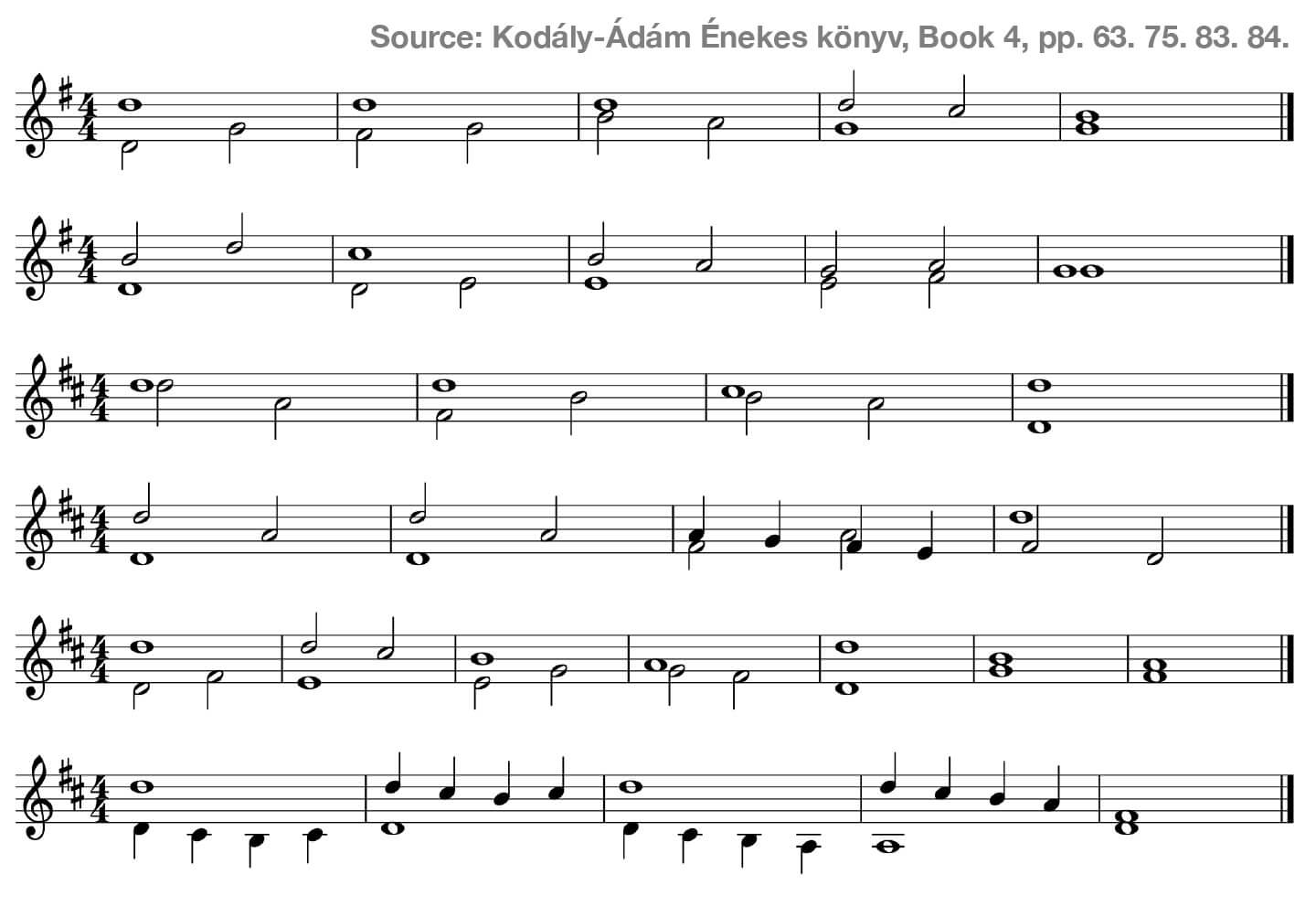
Example 87-91
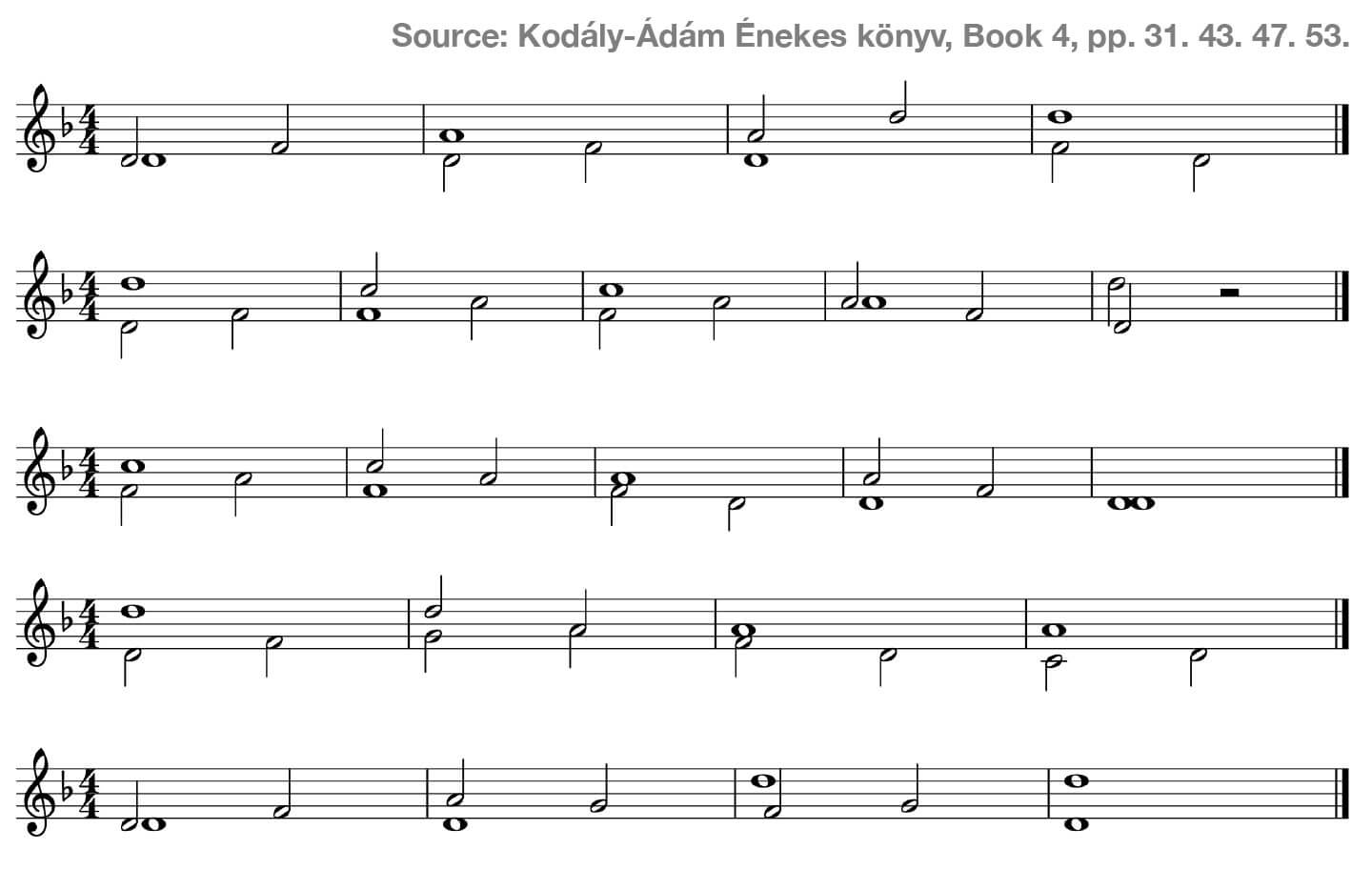
Example 92

Example 93-95
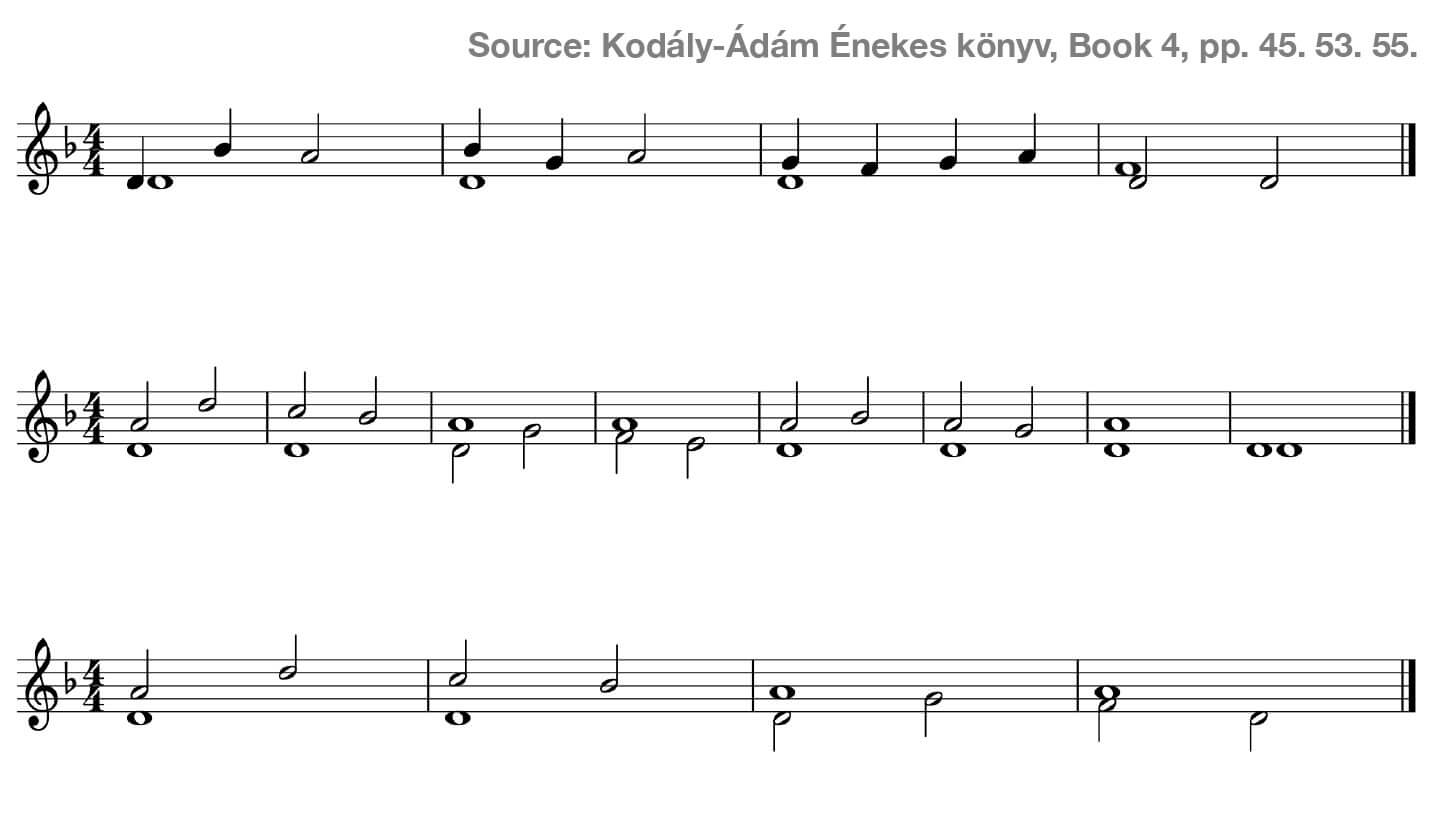
Canon singing
Example 96 (“Szélről legeljetek...” Hungarian folksong)
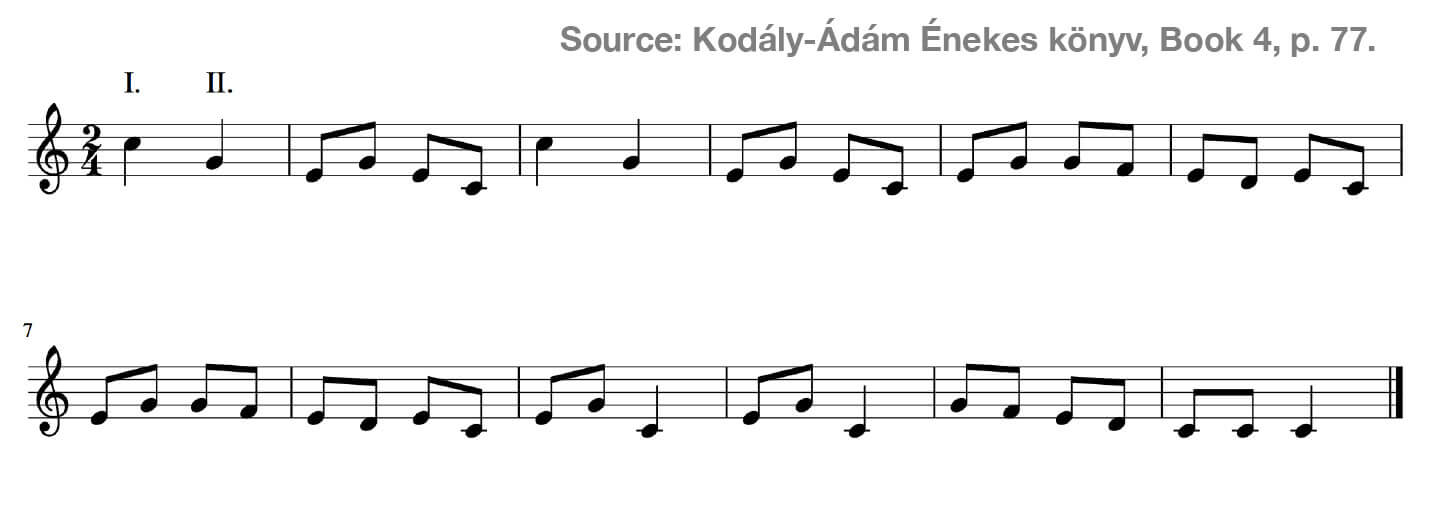
Example 97
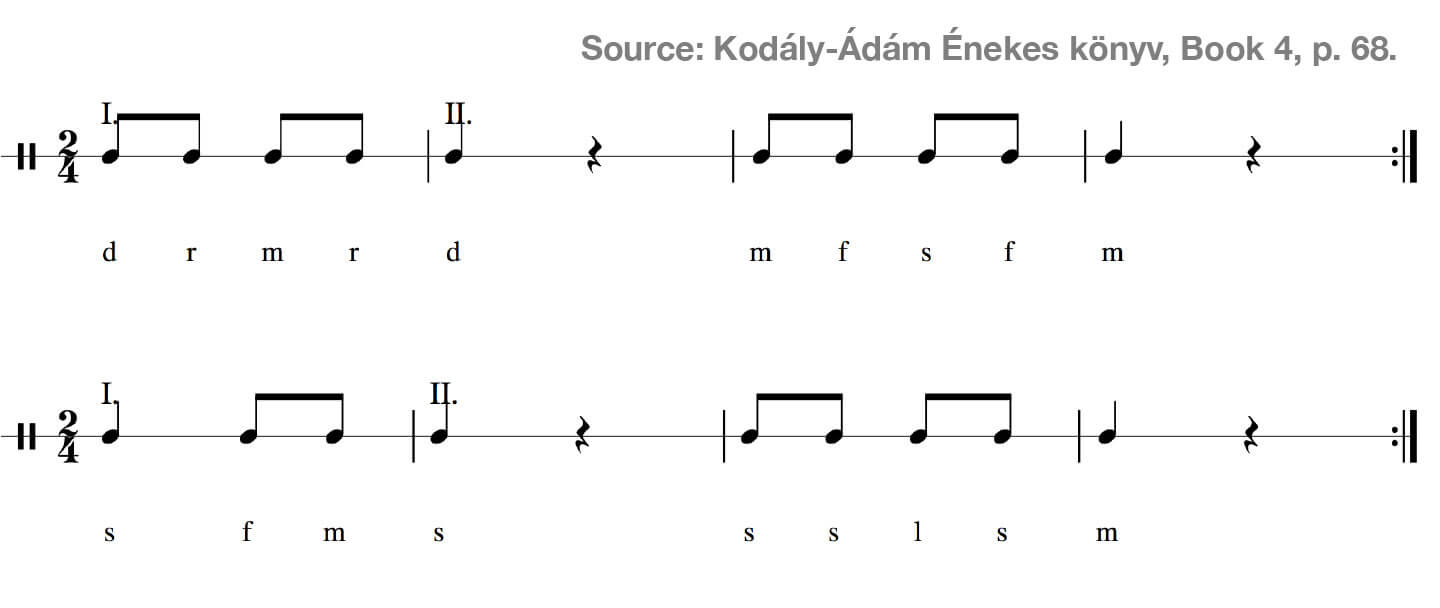
Example 98

Example 99

Example 100
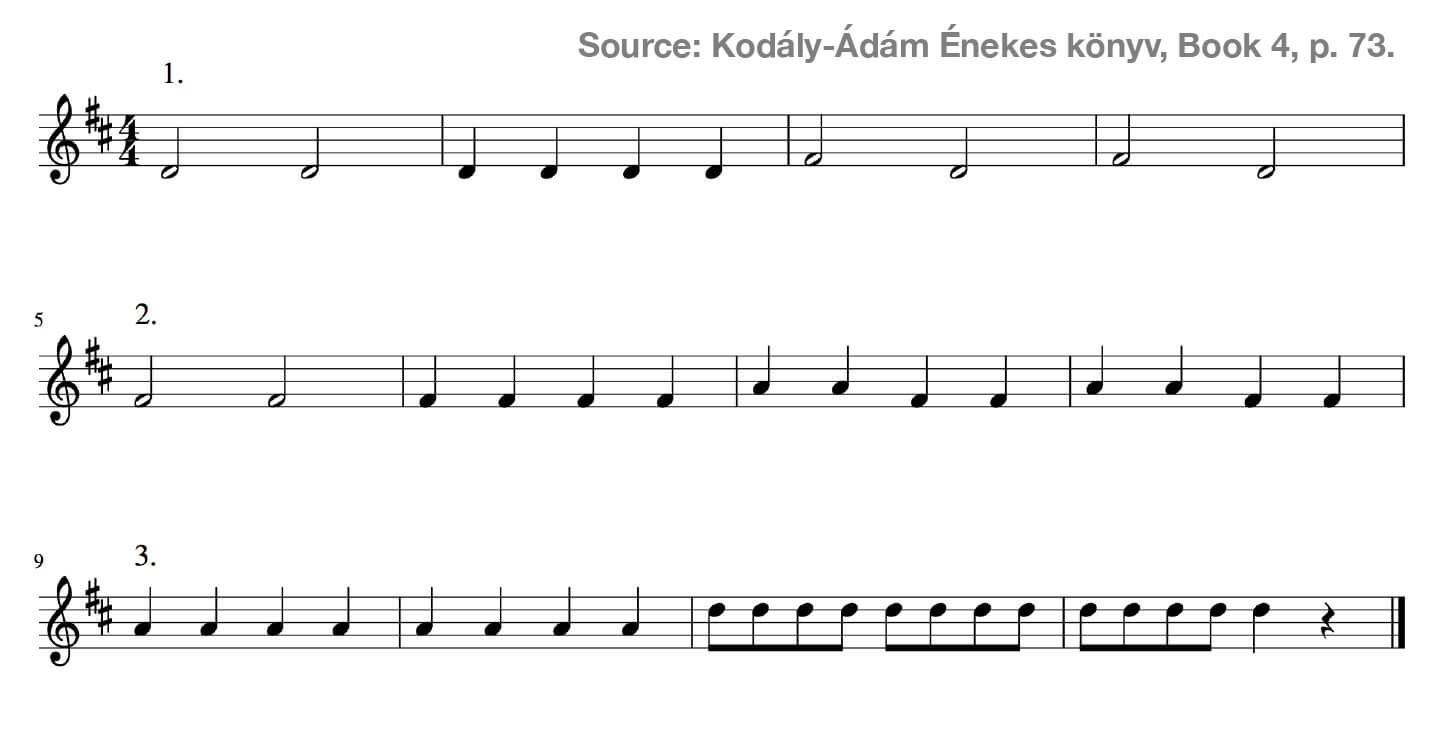
Two-part folksong arrangements
Example 101

Example 102
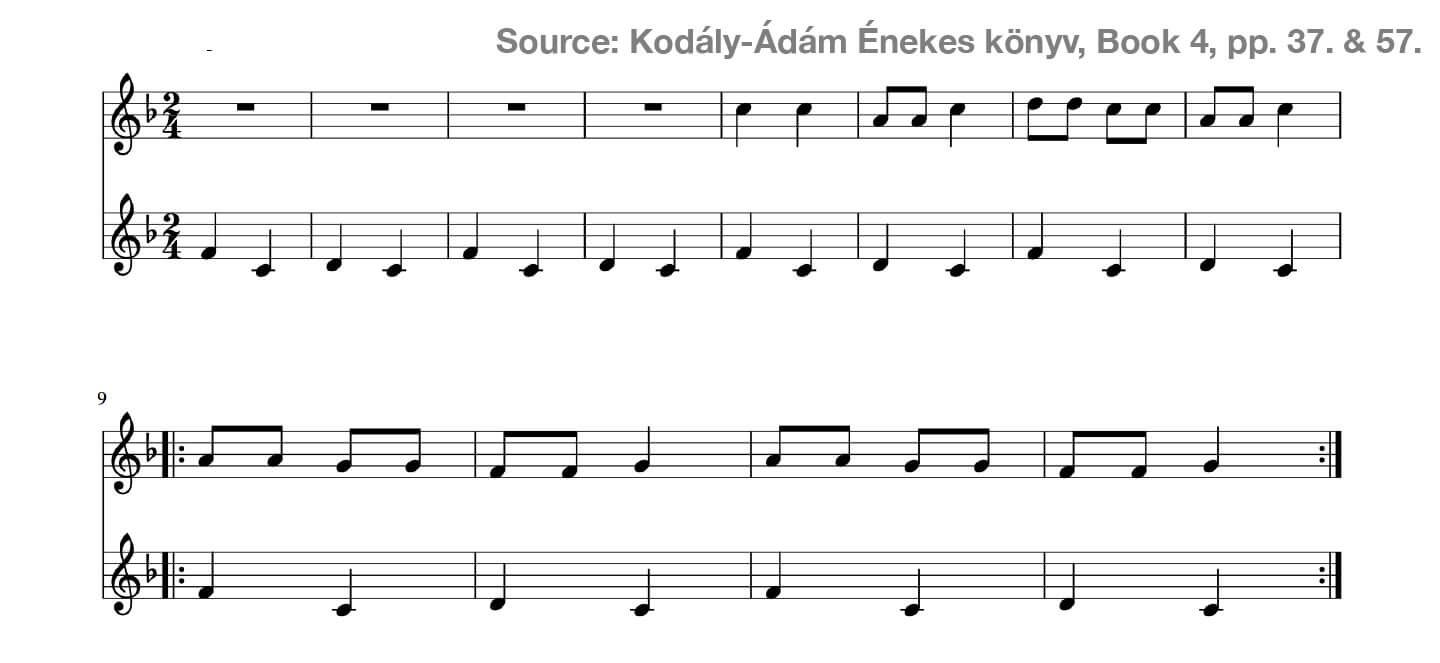
Example 103
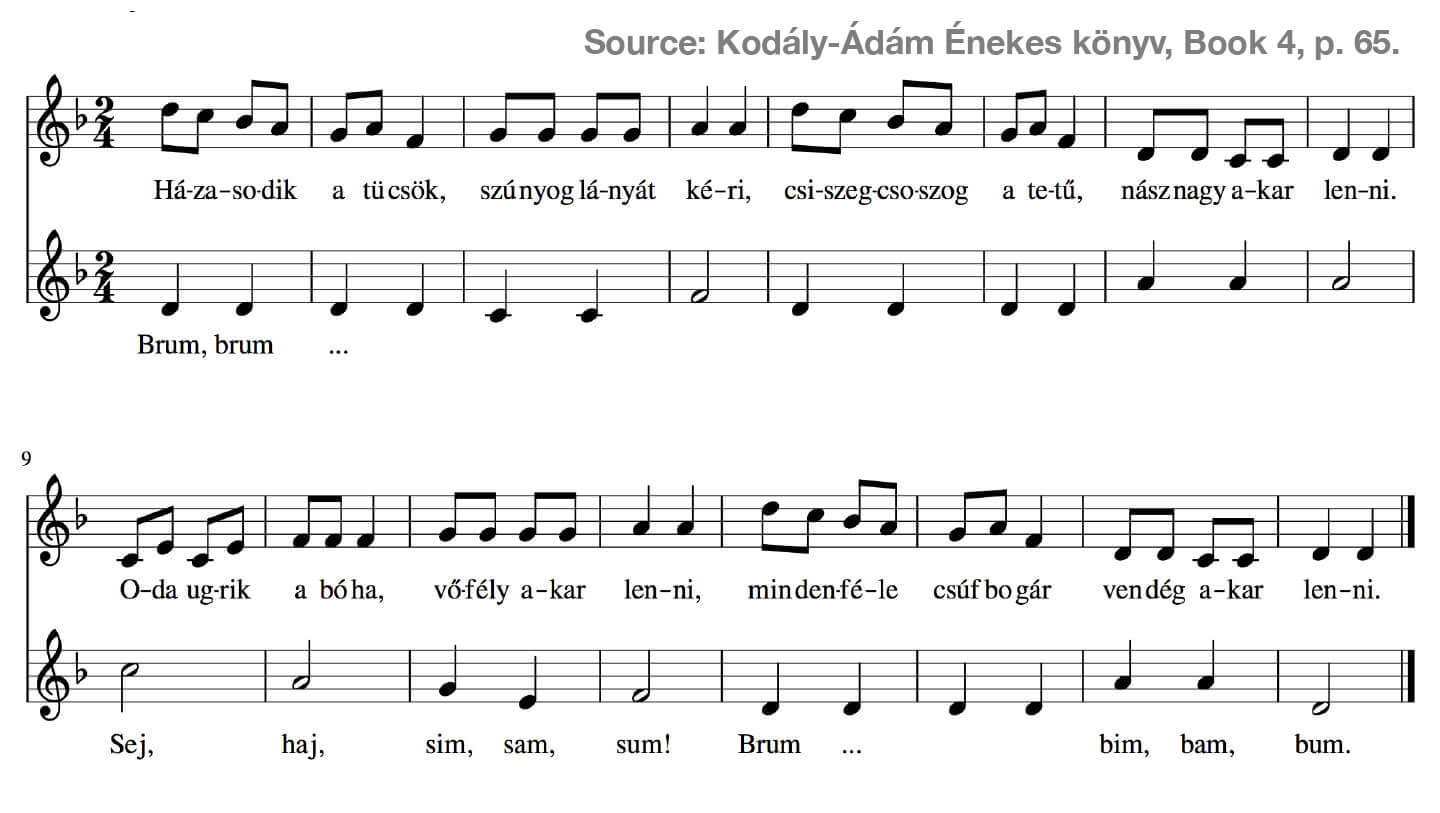
Two-part material, imitative counterpoint
Example 104


